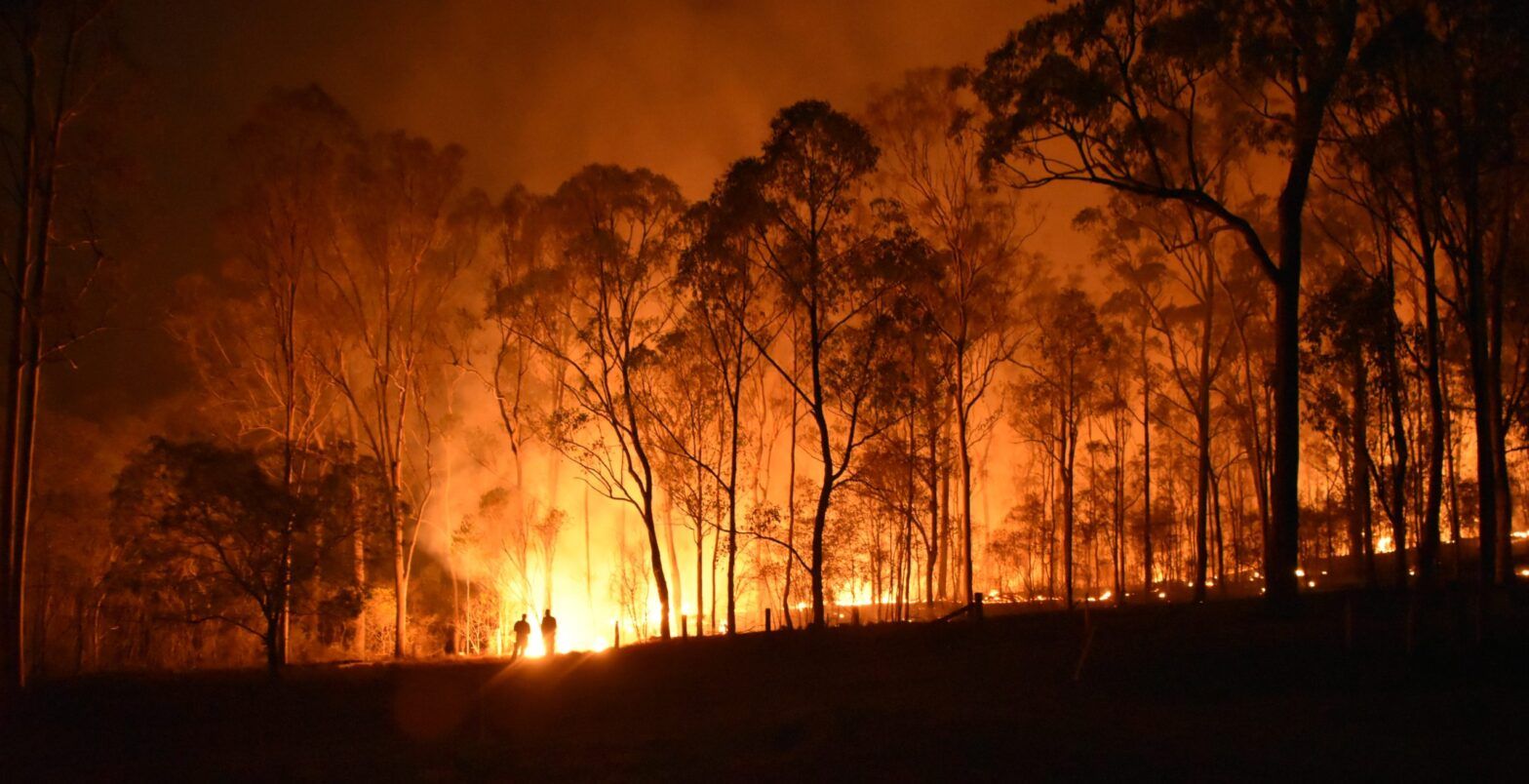Bloomberg has partnered with Riskthinking.AI to launch the first physical risk indicators designed to account for every climate scenario endorsed by the Intergovernmental Panel on Climate Change (IPCC).
Combining data on more than one million physical assets with Riskthinking.AI’s dataset of global climate change projections and proprietary methodology, the indicators aim to provide Bloomberg users with a new way to assess their exposure to floods, droughts, wildfires and other climate vulnerabilities.
“Achieving reliable assessment of exposure to physical hazards relies on large amounts of geospatial and climate data to effectively account for the uncertainty inherent in future projections,” said Patricia Torres, global head of sustainable finance solutions at Bloomberg.
“By bringing together cutting-edge climate science with investor grade physical assets data, we can help investors and companies to better navigate the increasingly complex financial and regulatory environment regarding physical risk.”
According to Bloomberg, the impact of extreme weather events is of growing concern to investors as well as regulators who are requiring or planning to require the disclosure of climate-related risks in accordance with various reporting regimes. Those regimes include, for example, the Corporate Sustainability Reporting Directive in Europe, the Taskforce on Climate-Related Financial Disclosures recommendations and IFRS Sustainability Disclosure Standards in several key jurisdictions.
Therefore, Riskthinking.AI is using Bloomberg’s physical assets data to calculate a company’s physical risk exposure level, applying a bottom-up methodology analysing the climate conditions at each asset location, enabling users to drill down to the individual assets of a parent company so specific threats can be analysed. These indicators can also be used in combination with Bloomberg’s global supply chain data to reveal physical vulnerabilities of key suppliers that may negatively impact company operations.
Bloomberg says that, by considering every climate scenario endorsed by the IPCC, the indicators are the first to take a stochastic approach that accounts for numerous possible future outcomes, including tail events that other models may ignore.
The indicators express the physical risk exposure level for a company on a scale of 0 to 100, alongside forward projections up to the year 2050. This can then be referenced for reporting on climate-related risks in line with CSRD and the recommendations of the TCFD and the IFRS Sustainability Disclosure Standards.
“Our pioneering methodology enables investors to use the uncertainty inherent in climate modelling as a strength to support better investment decisions,” said Ron Dembo, CEO of Riskthinking.AI.
“We do not rely on a single model or scenario when managing risks or defining a strategy. Our outputs consider climate projections from 51 leading climate research centres and universities to capture a broad range of possible future outcomes.”





